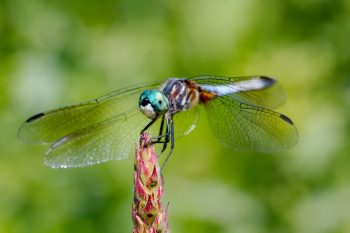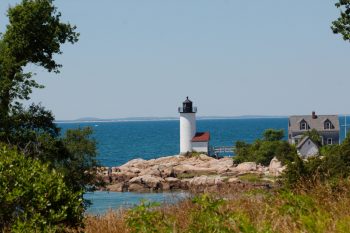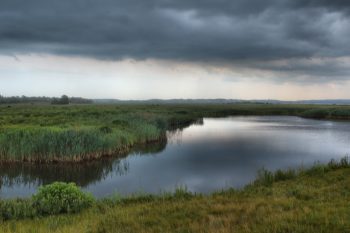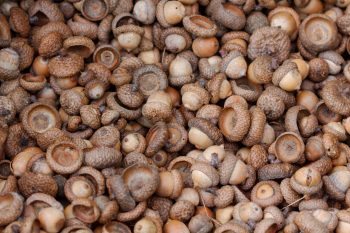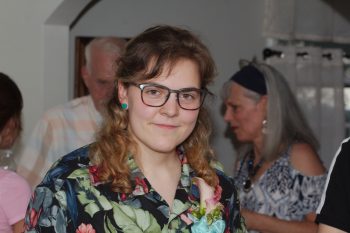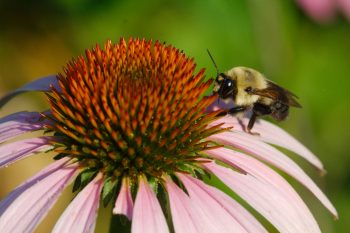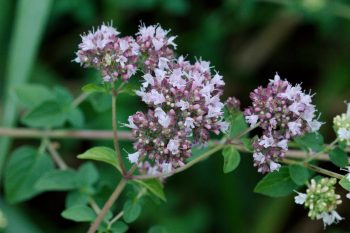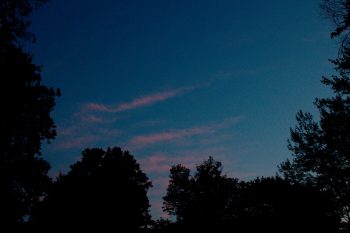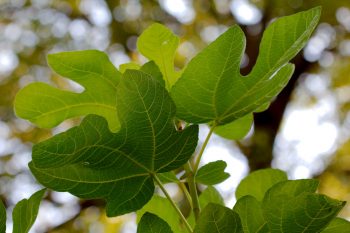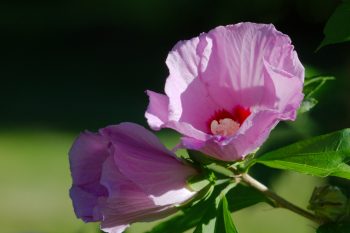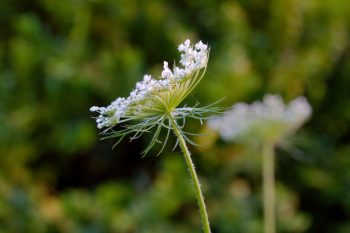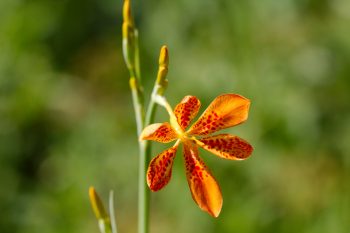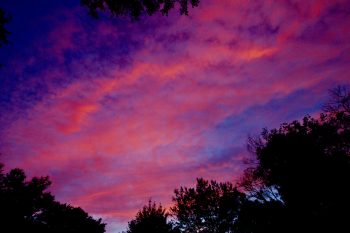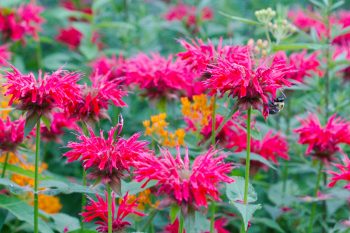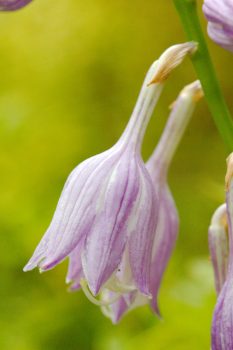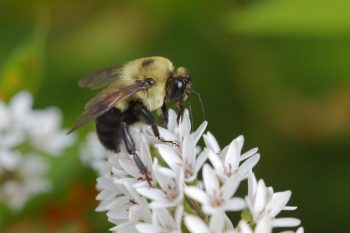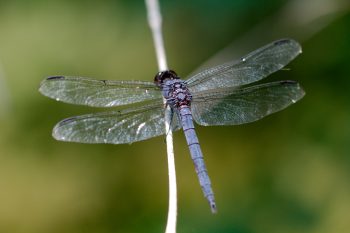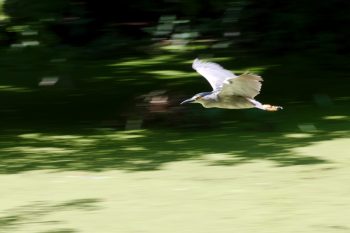We had a pretty busy day again today. We went out to Eastern Point Lighthouse and walked out onto the jetty to Dog Bar Lighthouse. There were cormorants diving in the water next to the jetty and we enjoyed watching them, as well as gulls and ducks. From there we went to Rockport and when we came upon a parking spot we took it and walked a while. I took pictures of Motif #1 and thought about posting a photo of that but decided to go with this somewhat abstract photo of reflections taken a short walk from our airbnb as the sun was setting.
Gloucester Harbor
Dragonfly
Dorothy thought she had to work from 4:00 to 9:00 PM today but she got a text just after 11:00 saying she was on from 11:00 to 4:00. Fortunately, we were just driving through campus as she got that, so we were there within minutes. Cathy and I enjoyed a walk around Coy Pond and I took a bunch of pictures, including of water lilies, a great blue heron, and this dragonfly. Later we went to the garden at Long Hall and I took more pictures. That was a nice garden with an interesting collection of trees, shrubs, and perennials. Recommended. We had dinner at La Victoria, a trendy but decent taco place just off of Cabot Street in Beverly.
Annisquam Lighthouse
Dorothy came out and we had breakfast together in Gloucester this morning. Then we spent a little time on the waterfront, enjoying the same flowers I mentioned two days ago. After that we drove around Cape Ann, ending up at a little private beach south of Annisquam Lighthouse, pictured here. We got permission to hang out there for a little while and enjoyed the cooler weather after yesterday’s sweltering heat. Cathy and Dorothy went for a swim and I sat in the shade of a few white oak trees.
Plum Island Salt Marsh
When planning our trip to Massachusetts, both Dorothy and I included a visit to Plum Island on our list of things to do. Except for the two ends of this barrier island it comprises the Parker River National Wildlife Refuge with the southern tip of the island being the Sandy Point State Reservation. It’s a beautiful place and even with a few sections closed because of nesting plovers, there’s plenty to see. We enjoyed being outdoors in such a wide open space. We also enjoyed watching storm clouds rolling in. It was quite warm today, well up into the mid-90s and there were a few places where the breeze didn’t reach us as we walked. It was stifling in those spots but then we’d get to where there was a nice breeze coming off the bay. As we were leaving, the rain got to us and it came down quite hard. The temperature dropped to near 70&xb0;F.
Foggy Harbor
We had a busy day today. Dorothy drove out to Gloucester and we went to breakfast together. Dorothy had to work later and Cathy and I enjoyed the waterfront back in Gloucester. They have some really lovely flowers planed on Western Avenue (where the fisherman memorial is). We really enjoyed the colors and the variety. After she got off work, Dorothy, Jonathan, Cathy, and I went for a walk at Strawberry Hill out to Smith Island. Then after dinner we dropped Jonathan off in Beverly and drove down to Fort Sewall in Marblehead. It was quite foggy and this picture was taken there just after 8:00 PM. All in all, a good day.
Acorns
As mentioned, we went to a wedding reception yesterday for Dorothy’s friend, Kendra. Dorothy flew down on Friday evening and then today we drove her back up to Massachusetts and will be with her for the week. I say “with her” but we’ll be staying in an airbnb in Gloucester, about 25 minutes from the home she’s living in for the summer. After we arrived and got our things into the cottage, we went to see the garden Dorothy’s been growing this summer. While Cathy and Dorothy watered and did a little weeding, I relaxed in the shade and then took a few pictures. It was a long day (about 10 hours on the road) and I needed a break. The garden is in the yard of the aunt and uncle of one of Dorothy’s friends and there is a box full of acorns in the yard. That’s the subject for today’s picture.
Kendra
We went to a wedding reception today. Dorothy described it as a fake wedding for a real marriage. This is the bride, Dorothy’s best friend, Kendra. She got married (eloped, actually) last fall. Today, a friend of the family had a wedding reception for Kendra and Jacob. I have a few pictures of both of them but sadly, a few days before the party he broke his jaw in a rollerblading accident and had his jaw wired shut. That makes him look a little dour and I’m not going to post those pictures. With all the talk about straw bans in various places, I hope there will be an exception for people with their jaws wired shut.
Bumble Bee on Coneflower
The coneflowers (Echinacea purpurea) in our yard tend to get eaten up by insects of one sort or another. I’m not sure who the culprit actually is, but they eat holes in the ray florets (the petals around the central group of disc florets), making the flowers a bit less attractive for photography. The bees aren’t bothered, of course, and this bumble bee (Bombus impatiens). The generic name Echinacea comes from the Greek word meaning hedgehog or sea-urchin, which references the spiny center of the flower. The name Bombus for bumble bees comes from the Latin (which took it from the Greek) for “booming, buzzing, humming.”
Oregano Flowers
I have a little plot with a fence around it where I grew a few vegetables when it was first put in. Summers have been quite busy and keeping up with vegetables has been tough. Also, it’s small enough that it really isn’t worth the trouble. So, I’ve planted a few herbs and don’t have to get out there nearly as often. Temperatures down to 0°F this last winter took care of the rosemary but the oregano (Origanum vulgare, a member of the mint family native to Europe through central Asia) is going strong. In fact, it’s practically taken over the entire plot.
Dusk
I was really hoping for another good sunset this evening. There were lines of clouds in the west and it had the look of shaping up to be quite nice. By 8:40 or so, however, most of the clouds were gone and there were just a few, low in the sky and mostly behind the trees and houses of our neighborhood. This photo was taken at 8:51 and there is a little color on the clouds but this isn’t the sort of sunset you call your family out to see. I took pictures and got what I could, but it wasn’t what I had hoped for. Maybe next time.
Fig Leaves
I was down at my mom’s after work and looked around for something to photograph. There isn’t really anything in bloom in her yard right now, but the leaves on the fig tree that dad planted caught my eye. The common fig, Ficus carica, is not completely hardy in our area but planted in a protected spot and given some winter protection, it can be successfully grown. My grandparents, in southern North Carolina, got a lot more figs off their much larger tree. This tree never produced enough figs on its own to make any significant quantity of preserves so mom had to supplement it with figs bought at the market.
Rose of Sharon
When Dorothy was born and we gave her the middle name Rose, a friend gave us a small Rose of Sharon plant. We had that in a container until we moved to our current house and then Cathy planted it in the garden along the south end of our back yard. It has flourished and indeed it is something of a constant chore to pull up the seedlings that appear around the yard, but I will confess that I like the flowers on this large shrub or small tree. They appear over a long period, from early summer well into fall. The Latin name for the plant, Hibiscus syriacus, implies that it comes from Syria, but that appears to be false, being a native of eastern Asia instead.
Queen Anne’s Lace
My grandmother carried a bouquet of Queen Anne’s lace (Daucus carota var. carota) at her wedding. For their 50th anniversary party we gathered bucket loads of the stuff from empty fields and had it all round the room. You are probably familiar with the flowers, as it’s a pretty common plant all across the United States and bordering provinces of Canada as well as Europe and Asia. This is the wild carrot from which our cultivated carrot descended. It is reported to have been first developed in Afghanistan. It is a biennial plant, blooming in their second year.
Iris domestica
This is Iris domestica, often called blackberry lily or leopard lily and formerly known as Belamcanda chinensis. It’s a perennial plant that we have in various places in our garden. We gather the seeds most years and spread them in areas we would like it to grow, although I don’t know if we’re doing as well as the birds when it comes to actually spreading it. As you can see, it has vaguely lily-like flowers and they are quite lovely. They each last a day but they are born in clusters, blooming one after the next for quite a while. In case you were wondering, the genus name Iris comes from the Greek goddess of the rainbow.
Sunset
Sometimes you can see things lining up to make a nice sunset. Of course, even when things look right, it doesn’t happen, but this evening I could tell it was coming and it came. I took a few pictures of the clouds before there were any colors, just in case, but the colors came. The color extended pretty much over the entire sky from west to east. This photo was taken looking almost straight up with a 10mm lens (which on my APS-C-sensor camera is equivalent to a 16mm lens on a full frame sensor). The top of the tree showing at the top of the photo is behind me.
Monarda, Asclepias, and a Bombus
Along our back fence, the garden has really gotten out of control. With the work we’ve been doing on our mom’s houses, we haven’t really had time to give it half the attention it needs and deserves. Consequently, it’s got goldenrod, poke weed, and thistles growing in abundance. Three of our planted perennials are doing quite well, however, including the bee balm (Monarda didyma, also known as Oswego tea or bergamot) and the butterfly weed (Asclepias tuberosa) shown here. The other, not yet in bloom, is obedient plant (Physostegia virginiana). All three are native to the area and extremely tough. The bees love them and I followed this common eastern bumble bee (Bombus impatiens) for a while as he moved from flower to flower.
Hosta La Vista, Baby
The genus Hosta has about 70 species native to Japan, Korea, China and eastern Russia. They are shade loving perennials grown mostly for their foliage but they have nice, if somewhat understated flowers, as well. The name Hosta is in honor of of Austrian botanist Nicholas Thomas Host (1761-1834). My parents had these in their garden and growing up I knew it as Funkia. That’s because the genus was renamed to that in 1817 “in honor of botanist Heinrich Christian Funk under the belief at that time that Hosta was an invalid name.” Early in the 20th century the name was switched back but the plants are still referred to as Funkia by some (including my parents, evidently).
This one is growing in a container just outside our front door. There are generally two pests that eat Hosta plants. Slugs can do significant damage to them, eating holes in the leaves. In our garden, that’s generally not so destructive that we worry about it, although it can make the leaves a little less attractive. The other culprit is deer, who really seem to love Hosta leaves. Although we see deer in our yard and often see signs of their presence, they don’t seem to come too close to the house. So, we keep the Hostas close and that seems to be enough. We also put up deer repellent although I don’t actually know how much help that is. It certainly doesn’t do any harm.
Bric-a-brac
I didn’t have anything in particular to take a picture of today and didn’t get outside much, so I took this picture in our dining room. We’ve been moving things from both my mom’s house and Cathy’s mom’s house and adding things to what we already had. The photo in the center of this is a Winter & Pond photo titled “Lights o’ Juneau” On the left, the blue bowl filled with Easter Eggs is from Istalif, Iran. There are two sets of matryoshka or nesting dolls, one traditional (in the back and on the right) and one modern with (from largest to smallest) Boris Yeltsin, Mikhail Gorbachev, Leonid Brezhnev, Joseph Stalin, and Vladimir Ilyich Ulyanov (otherwise know as Lenin).
Eastern Bumblebee (Bombus impatiens)
The gooseneck loosestrife (Lysimachia clethroides) is in bloom and that generally means I have an opportunity to photograph common eastern bumblebees (Bombus impatiens) like this one. I don’t recommend planting loosestrife unless you really enjoy digging up plants where they appear throughout your garden. It can easily get ahead of you. We sometimes joke about planting two aggressive plants in a container and waiting to see which comes out on top. This has got to be a contender. It does have nice flowers, though, and its attractiveness to bees speaks well of it. Nevertheless, if I could get rid of all we had, I wouldn’t think twice about it.
Riley’s Lock
Cathy and I went for a walk along the C&O Canal today after church. We each brought a change of clothes because it was much too hot for even casual church clothes today. We walked west (upstream) on the tow path and enjoyed the fact that it’s pretty shady. With a temperature above 95°F in the shade, we certainly didn’t need to be out in the sun. We’re neither mad dogs nor Englishmen.
As you would expect, I brought my camera with me and we saw a little wildlife. First was this dragonfly. The female and the immature male of the eastern pondhawk (Erythemis simplicicollis) are an emerald green. The adult male, however, transitions to a dark, powder blue, as seen here.
I got some nice photos of buttonbush (Cephalanthus occidentalis), a flowering shrub native to the area. It’s a member of the coffee family, Rubiaceae and it has very interesting, spherical florets.
At the turning basin just above the aqueduct we saw a great blue heron (Ardea herodias) although the way it was lit and because it was pretty far away, I wasn’t sure that’s what it was. Of course, there aren’t a lot of birds that size around here. A little further on we saw a black-crowned night-heron (Nycticorax nycticorax). I had stopped to take a picture of a family of ducks in the canal, which was full of duck weed. That meant I was ready when the heron flew past and I was able to get this shot.


